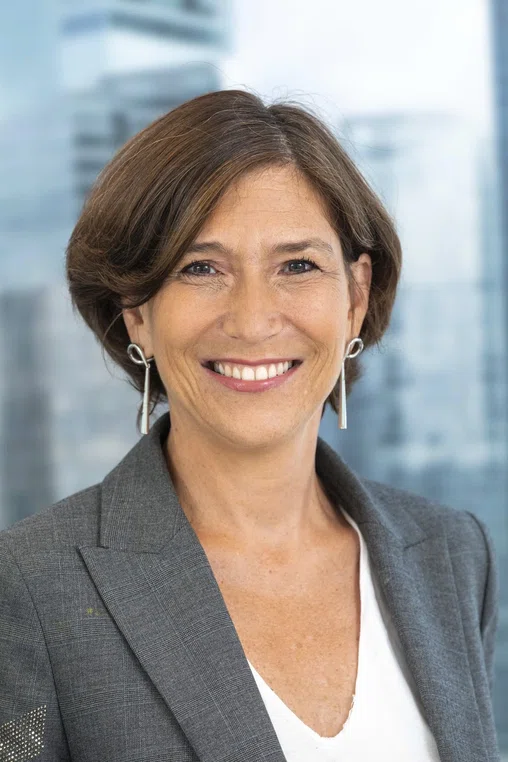Published in London & New York
10 Queen Street Place, London
1345 Avenue of the Americas, New York
Creditflux is an
company
© Creditflux Ltd 2025. All rights reserved. Available by subscription only.


News Investor’s Corner
‘Volatility is putting us in a better situation — we see value returning’
by Lisa Lee
Lisa Lee: We’ve had a bout of volatility in both Europe and the US. What are the most important things that you are thinking about right now?
Deborah Shire: We thought in February the market was a little too exuberant and had reserved cash because we thought that technicals would change. Now volatility is putting us in a better situation in terms of opportunity. We see value coming back, both on some rated tranches, like European and US triple As, but also on the loans themselves, where we think that it’s possible to find assets of good quality at attractive prices.
LL: Do you think there will be more divergence between Europe and the US?
DS: I think that there have been greater discussions than we have known for many years about decoupling and the fact that tariffs will be impacting the world globally, but in different ways. It will probably be punitive for consumers in the end, because usually tariffs come back ultimately to the consumer.
This makes us focus on watching for data coming through on supply chains and consumer sentiment. Those will be key. I think that you are right in your question that we can expect more decoupling between Europe and the US.
In Europe, we think that rates have room to go down further with low inflation. This will be supportive of a lower level of defaults in Europe. This would likely favour our junior tranche of European CLOs, but at the same time in the US, the market is deep.


At the equity level, we see more value in terms of the depth of the market in the US
Deborah Shire
Head
AXA IM Structured Finance
LL: What region do you prefer right now?
DS: It really depends on the level of the capital stack. We like to look at both markets and we approach them as a global relative value play.
In triple As, for example, we see value both in Europe and in the US, but more spread pickup in US and the fact that the US, with more ETFs, has created a little bit more repricing and volatility. We like Europe but we like the US even more.
At the equity level, we see better value in terms of the depth of the market in the US, with some ability to diversify with Europe. Currently, in the secondary market, US CLO equity looks more attractive than in Europe, as discount to NAV has gone slightly wider in secondary US CLO equity. You have to be very selective on the manager and the transaction, especially on portfolio, given the potential for volatility ahead.
LL: Has your selection of managers changed in any way because markets are becoming more volatile?
DS: I think that we are back-to-basics on fundamentals. The LMEs over the 2022–24 period have proved the need for selectivity and the cost of not doing one’s homework. So now it’s appearing in figures that the average recovery of the market has been impacted by covenant-lite, if you take the LMEs into account. On that front we are convinced that manager selection is first and foremost about the ability to avoid bad names or deal with your issues early.





